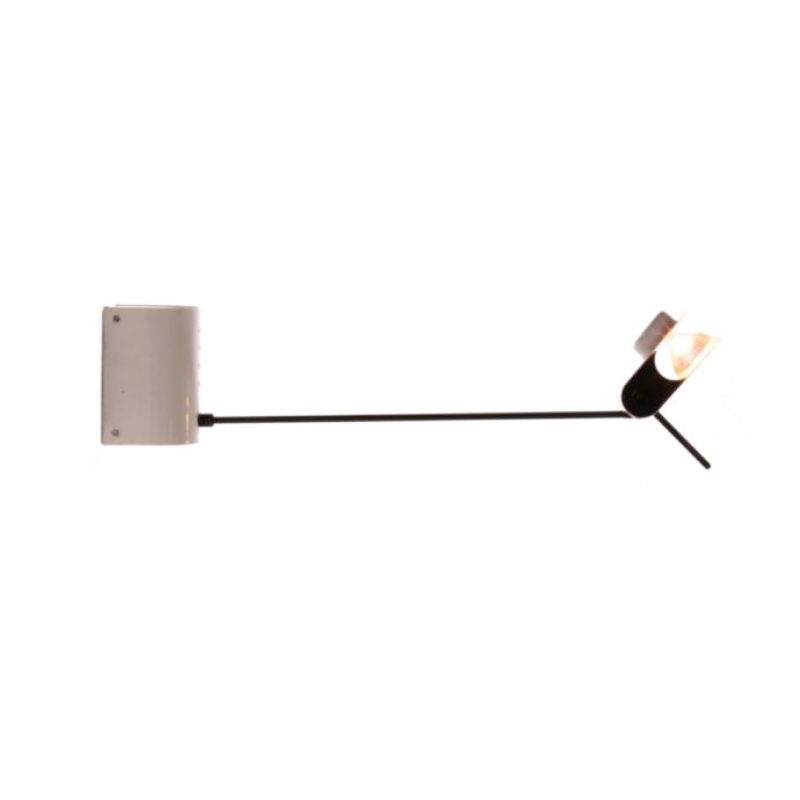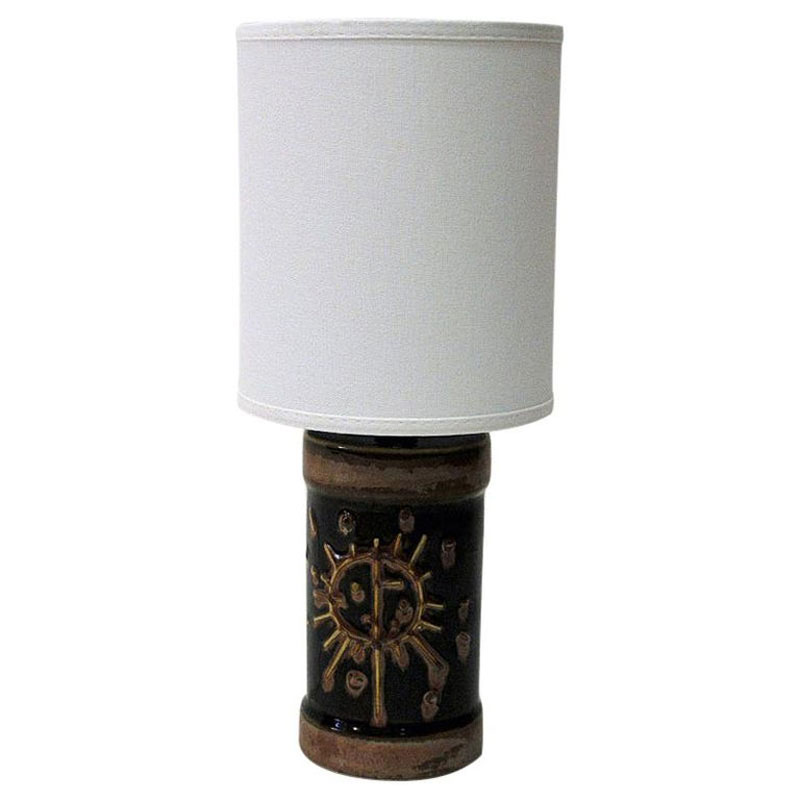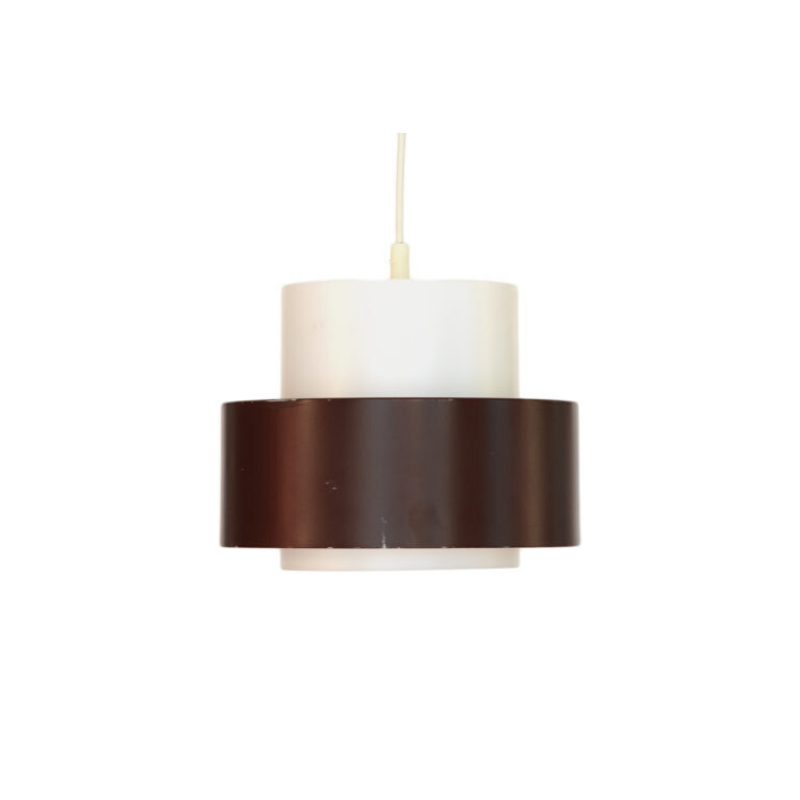As there is obviously a lot of knowledge on the forum about cane, the restoration and redoing, I wanted to ask for some advice about these chairs. The picture is borrowed from the web, my specimens are locked in storage away from home. I short while back I obtained a set of chairs and sofa, designed by Lohmeyer for Wilkahn/Germany. These are characterised by a very destinct backside, made out of woven cane.The cane on my examples have become rather brittle (but they still hold well) and some have broken in places.Is there any way to fix these cane 'strands' with as minimal of an effort possible, on the spots where they have broken, to make one complete weave again? Also, what could I do to act agains the brittleness? Thanks in advance!

The way to do it is to weave a bit of cane over the repair, starting and ending a few perpendicular strands from the actual hole. There will be areas of overlap. There isn't any way to avoid that unless you want to replace all of the cane.
You don't need glue if you trim the ends where they just stick out from under a strand in back. It's very fussy work but again, that's how it's done.
As for maintaining the rattan, if it's been neglected for a long time then it might continue to break no matter what you do. The normal recommendation is to dampen it every so often so that it doesn't get dry and brittle, but if no one has done this for a very long time then I don't know how much it will help to start dampening it now. Maybe it will, maybe it won't..??
I have a Hans Olsen Rocker where the previous owner did this. I find that it is not easy to distinguish single vs double strands by eye (the mind expects it to be a flat plane so that is what it sees). The biggest problem is when for when the top one slides off and the both are side by side. Unfortunately this tends to happen rather a lot as cane is slippery and convex.
Sadly, as many have discovered, reed and cane work are not as permanent as the wooden parts of furniture; they may be likened perhaps to upholstery, which can be expected to wear out with time and need replacement. Some of you guys and gals certainly show that you're not afraid of a challenge ! I'm very impressed by what I see here, from time to time.
Spanky, in response to your #6, can you expand on this. I have never found a way to do these small fixes. Do you mean double wrapping over 2 or 3 previous strands?
My problem with patches is I always worry that if one or two strands have gone, some others are not far behind and I will end up having to patch those too. What is your experience with that? Do you find that having patched one or two strands, that new ones break?
ScanDesign, yes, that's what I mean---you have to weave a little bit before and after the hole. (And Leif, a dot of glue might help to hold it in place--even just Superglue which would seep btween the strands.)
I don't own anything with caning, but yeah---i would fully expect other holes to develop if the cane is old and brittle. Repairs might be more realistic on pieces where the cane is still flexible but has sustained damage from something pointy, rather than cane that is breaking because it's just too brittle.
BTW bj, those are nice chairs/sofa.
The visible cane breakage seems to be on the back and since the back does not bear as much strain as the seats, why not give Spanky's technique a try. Just patch the thing.
One thing to consider. I find that fresh cane tends to be lighter than old cane but this could just be my supplier. But since I find it is really easy to spot patching others have done, it might generally be the case. Check with the other's.
This may just give you a small taste for caning and who knows, it might just push onto the slippery slope into the masochistic pleasures of caning. Bwaahaaahaaa.
🙂
Indeed, a lot of the support is taken for by the cushions.Great to see some different input on this. I will try to fix the patches seperatly, with superglue or something of the kind.
I have a modular sofa by Hans Olsen, of wich I have the seats being recaned, but as I don't know if I will keep this set of Lohmeyers (I already have fine-looking Grete Jalks for Jeppesen) I don't want to go for a complete restoration.
Although these are certainly fine-looking. I just dislike the idea of German chairs, looking like they are scandinavian, while I have the 'real pedigree' sitting arround...
Thanks for weighing in!
If you need any help, please contact us at – info@designaddict.com









